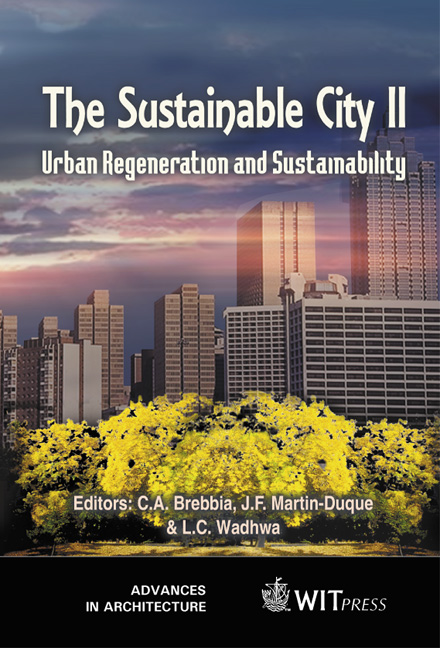The Scottish Fuel Cell Consortium – A Review Of The First Year Of Operation
Price
Free (open access)
Transaction
Volume
54
Pages
Published
2002
Size
533 kb
Paper DOI
10.2495/URS020951
Copyright
WIT Press
Author(s)
C Wilson, S Gair, A Cruden, J McDonald & B Armstrong
Abstract
The Scottish Fuel Cell Consortium - A review of the first year of operation C. Wilson1, S. Gair1, A. Cruden2, J. McDonald2, B. Armstrong3 1 Napier University, Edinburgh, Scotland UK 2 University of Strathclyde, Glasgow, Scotland UK 3 Scottish Enterprise, Glasgow, Scotland UK Abstract In December 2000, the Scottish Fuel Cell Consortium (SFCC) was established with funding from the Energy Section of Scottish Enterprise, together with industrial, commercial and business partner inputs. The aim of the consortium was to establish an alliance of interested parties willing to explore and promote the use of fuel cell technology across a broad range of activities. The Consortium is initially focussed on road transport issues, where fuel cells are seen to offer an alternative form of clean energy, and which can also make use of Scotland's abundant availability of renewable energy, (wind, wave, hydro-electricity). During its first year of operation the project activities have encompassed (i) system integration of a commercially available fuel cell stack to operate on hydrogen, (ii) packaging of the fuel cell system into a 2.5 seat test vehicle and (iii) the study of a range of infrastructure issues relating to the production, transport and storage of hydrogen, vehicle maintenance costs and servicing, and legislative issues relating to the introduction of this new form of transport. Introduction First demonstrated in 1839 by Sir William Grove, the fuel cell is a device which can directly convert chemical energy in the form of a fuel, into electrical energy. A fuel cell is basically composed of 3 distinct parts, namely 2 porous electrodes, and a quantity of electrolyte in-between them. Hydrogen (the fuel) is flowed past the anode electrode and air (the oxidant) is flowed past the cathode. The
Keywords





